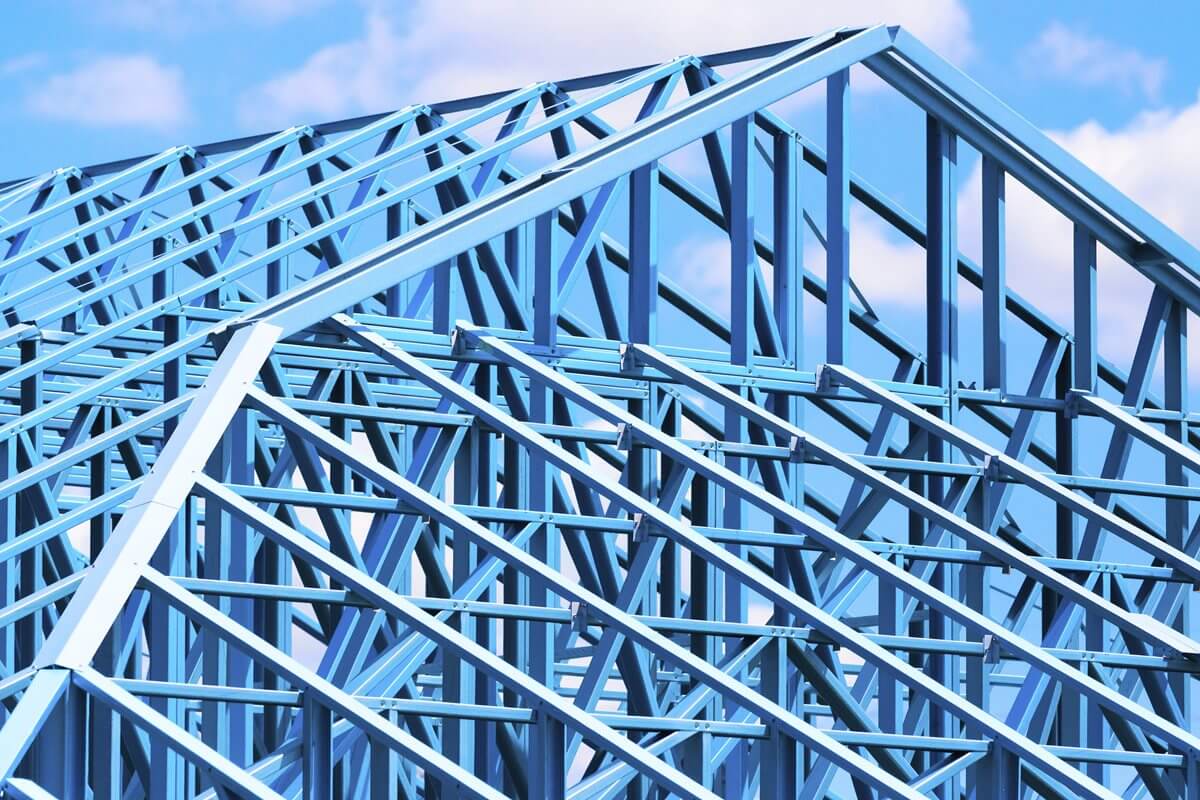

In Australia, legislation is established through various Acts of parliament which in turn are actioned through subordinate legislation, typically Regulation. In respect of the building and construction industry, the Building Ministers Forum (BMF) provides strategic policy direction to the preparation of the National Construction Code (NCC) by the Australian Building Code Board (ABCB).
Australian Standards and various Codes of Practice are, in themselves, voluntary consensus documents representing the community expectation in respect to quality, safety and risk in the built environment. Australian Standards are NOT regulation. However, Australian Standards are made mandatory through either:
Designers utilise design Standards such as AS 4100 (for structural steel design), AS/NZS 4600 (for design of cold-formed steel structures) and AS/NZS 5100.6 (for design of steel bridges). These Standards rely in turn and have been calibrated against guaranteed values for chemical composition, mechanical properties, tolerances on dimensions, method of manufacture and quality control provisions for all material used in a steel structure.
Material Standards such as AS/NZS 1163, AS/NZS 1397, AS/NZS 3678, AS/NZS 3679.1 and AS/NZS 3679.2 define these properties based on known Australian steels, testing statistics and work practices.
Given the tightly coupled nature of the performance framework established by the design and various material Standards, stakeholders need to exercise significant care when attempting to utilise materials that do not have documented conformity to the performance requirements of the relevant Australian material Standards. For this reason, AS 4100 (for example) provides very specific guidance on material compliance.
AS/NZS 1163 Cold-formed structural steel hollow sections
AS/NZS 1252 High strength steel fastener assemblies for structural engineering - Bolts, nuts and washers
AS/NZS 1397 Continuous hot-dip metallic coated steel sheet and strip – Coatings of zinc and zinc alloyed with aluminium and magnesium
AS/NZS 1554 Structural steel welding
AS/NZS 3678 Structural steel – Hot-rolled plates, floorplates and slabs
AS/NZS 3679.1 Structural steel – Hot rolled bars and sections
AS/NZS 3679.2 Structural steel – Welded I-sections
AS 4100 Steel structures
AS/NZS 4600 Cold-formed steel structures
AS/NZS 5100.6 Bridge design - Steel and composite
The new AS/NZS 5131 Structural steelwork – Fabrication and erection represents a step change in our structural steelwork ecosystem, enabling a risk-based fit-for-purpose approach consistent with international good practice and better positioning our structural steelwork stakeholders to actively participate in providing services on the international stage. ASI has prepared an explanation of the structure of AS/NZS 5131 and a range of support material for all stakeholders in the structural steelwork supply chain.
Our design Standards provide guidance on requirements for material compliance to suit the performance intent of the Standards:
From AS 4100:
From AS/NZS 4600:
From AS/NZS 5100.6